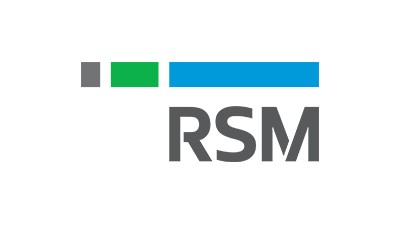Multifamily Construction Starts Falter After 5-Year Boom

Despite growing demand for rental housing, multifamily construction starts are down in 2017 after a five-year boom. Although construction volume in 2017 may match or exceed 2016’s levels, new project construction starts, which are the surest forecast of future activity, have been steadily decreasing throughout the year.
July marked a 10-month low for multifamily construction starts, even as Yardi Matrix data showed construction volume reaching a 20-year high. Since July, construction on buildings with five or more units is down 17%, according to U.S. Commerce Department data released in September.

A number of market fundamentals that have historically spurred, rather than discouraged, multifamily construction remain strong. Apartment property prices are up about 54% above their pre-crisis peak level, according to Moody’s. The current average household size has shrunk to 2.53 from the 2.57 average before the Great Recession, indicating a need for 1.2 million more units.
The population continues to grow by around 0.7%, over 20 million people, annually, and according to a Pew Research Center analysis of Census Bureau housing data, the number of American rental households is at its 50-year peak. Higher wages and job creation are boosting incomes.
Due to a strong U.S. economy and job growth, lending for multifamily properties tied to Fannie Mae programs was at $29.7B as of June, up from the same period a year ago when it totaled $22.8B, according to RSM partner and National Leader for the Real Estate Industry Rick Edelheit.

This activity could inspire fear of overheating and a multifamily bubble forming, helping to explain this year’s cooling. Overbuilding and oversupply in the asset class have the potential to depress rents and send vacancy rates up. Home prices in many areas now exceed their pre-recession highs.
Rent growth is slowing, even in the priciest markets, and leasing agents may have to give renters discounts and concessions on new leases to attract new residents, according to Yardi Matrix Senior Analyst Doug Ressler. The threat of millennials moving to the suburbs to buy homes and start families has some landlords offering two months of free rent, Edelheit said.

The slowdown may be a blip that has to reverse eventually, Edelheit said. According to Harvard’s Joint Center for Housing, projected household growth will add 8.9 million homeowner households and 4.7 million renter households by 2025. By 2035, projected household growth will add 15.7 million homeowner households and 9.4 million renter households.
To learn more about this Bisnow content sponsor, click here.

